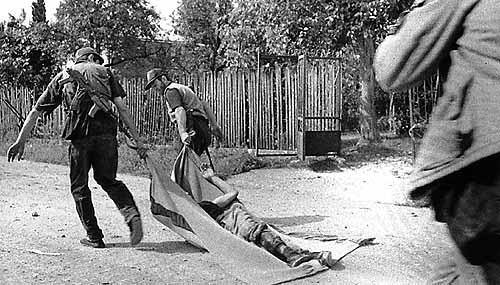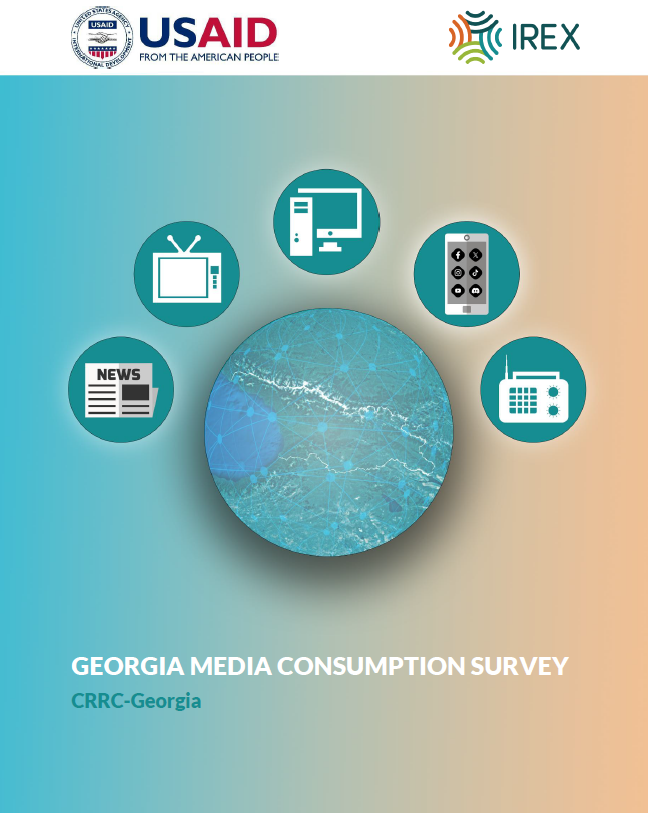Established by a decision from the Council of the European Union on 2 December 2008 and headed by Swiss Ambassador Heidi Tagliavini, the Independent International Fact-Finding Mission on the Conflict in Georgia (IIFFMCG) was undertaken by a Senior Advisory Panel (see the list in Volume I, pp. 40-41), which received help from different experts in a number of governments and organizations, including some from the parties involved in or closely related to the conflict, namely, Russia, South Ossetia, Georgia, and Abkhazia. The main office was based in Geneva, a second one was set up in Tbilisi, and the Mission’s members made numerous visits to key sites of the conflict, including the Roki tunnel and the Akhalgori region.
As the report makes clear, the eight-month undertaking is a first for the EU in that it made a decision “to intervene in an armed conflict” (Vol. I, p. 2). It also stresses that the Mission is not a “tribunal” but is aimed at conveying the facts so as to ameliorate confidence- and peace-building measures. Its primary goals were to analyze how the conflict began as well as the subsequent course it followed (Art. 1.2, p. 3). Point 7 (Vol. I, p. 7) emphasizes that the Report is keen to present an official version amidst the maelstrom of views, accusations, and other media, though it also clearly states that it is not able to “claim veracity or completeness in an absolute sense” (Vol. I, point 9, p. 8).
Following an overview of Georgia’s turbulent post-Soviet era, Volume I states that Georgia’s military response was not justifiable under international law, even if it were in response to S. Ossetian militias shelling Georgian neighborhoods, i.e. GRAD multiple rocket launchers (MRLS) would be considered as disproportionate use of force by the Georgian military (point 9, pp. 22-23). Further, point 20 (p. 23) mentions that Georgian forces did not have the right to attack Russian peacekeepers.
Point 27 (pp. 26-27) addresses the allegations of genocide made by Russia and S. Ossetia against Georgia. The Report concludes that these allegations were unfounded and goes on to remark that it found evidence S. Ossetian and “irregular” armed units forcibly displaced ethnic Georgians following the start of the war. Moreover, the Mission found that this situation remains a serious concern in the Akhalgori district (point 27, p. 27), which is at the southeast end of South Ossetia and is populated mainly by ethnic Georgians.
Volume II is vast (441 pp.). Made up of contributions from the panel of experts, and divided into eight sections, it is a comprehensive overview of Georgian-Russian relations, replete with sources and exclusive interviews, that claims to be both descriptive and to serve as a “legal analysis” (297), particularly with chapter 7, entitled International Humanitarian Law and Human Rights Law. It does indeed serve as a formidable academic work, similar to an International Crisis Group report, for instance. Of special interest are several field interviews conducted by the Mission’s experts. Pages 302 and 331, for example, cite interviews with inhabitants who reported that S. Ossetian military men and Russian (i.e. North Caucasian) and Uzbek irregulars looted, burned houses, and stole civilian cars. With such examples, the chapter, while careful not to state in plain terms whether Russian forces committed war crimes (e.g. using words like “may amount to…” (330)), does offer both a narrative that takes the element of civilian suffering fully into account and an analysis that cites examples of incidents directly tied to violations of international law and human rights abuses.
Volume III is a sprawling 638 pages of chronological entries and responses to questionnaires from the four parties which is intended to be a transparent listing of the gathered facts.
In terms of critcism of the report, as Ahto Lobjakas pointed out in his RFE/RL article, simply laying out the facts without making a definitive stand, and thus leaving them open to interpretation, may only serve to further inflate the rhetorical jousting between adversaries.
For example, although Georgia’s Foreign Minister, Grigol Vashadze, said that the Report was “helpful ” for Tbilisi, he decried that it did not explicitly indict Russia for military aggression. He also disagreed with the Report’s mention of Georgia using “unnecessary” force.
Russia’s ambassador to the EU, Vladimir Chizkov, on the other hand, was more positive on the findings, saying that the blame was rightly placed more on the Georgian side, referring to the shelling of Tskhinvali on the night of 7/8 August (Vol. I point 3, p. 11).
Thus, as more articles and news about the Mission’s report appear, what remains certain is that the debate will go on… perhaps as heatedly as it did before.












